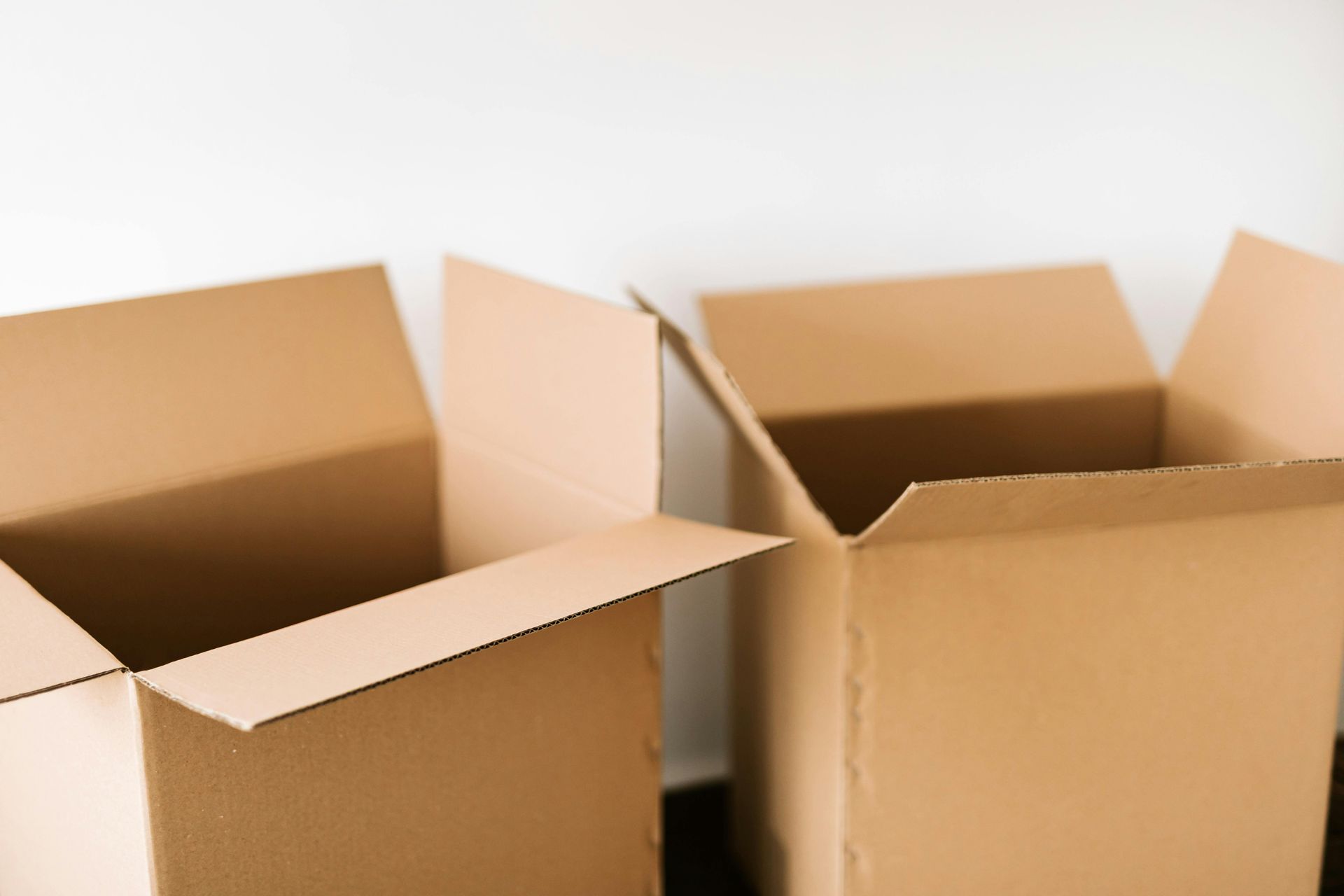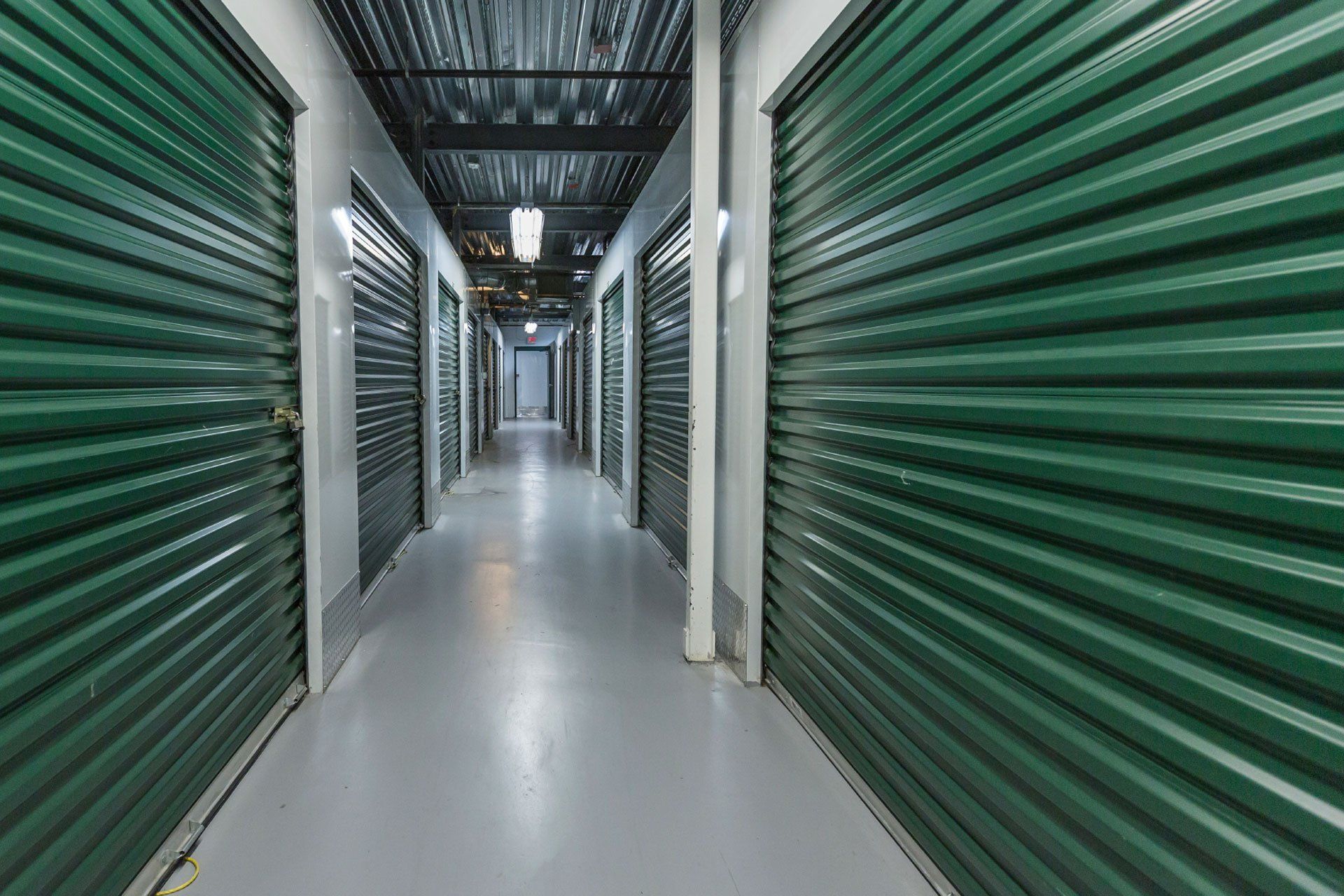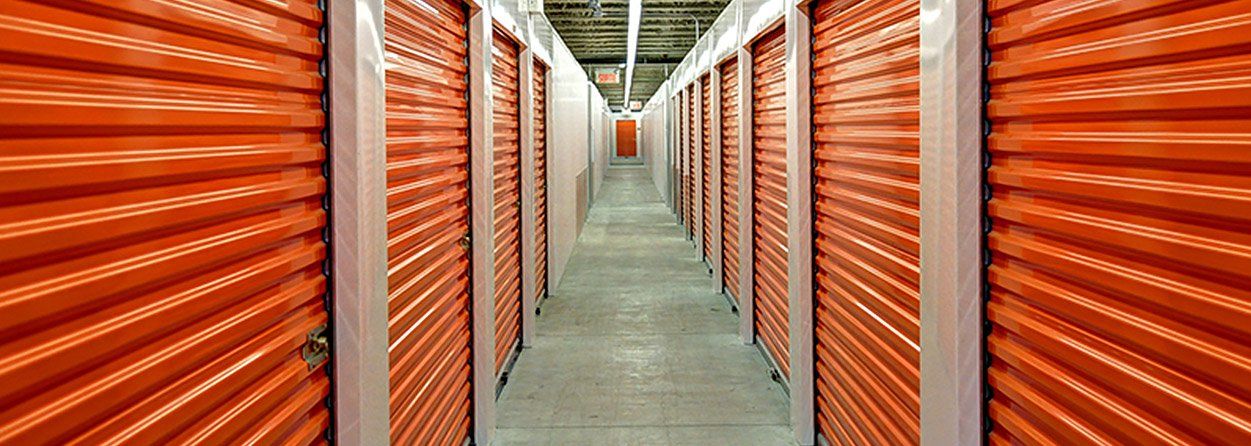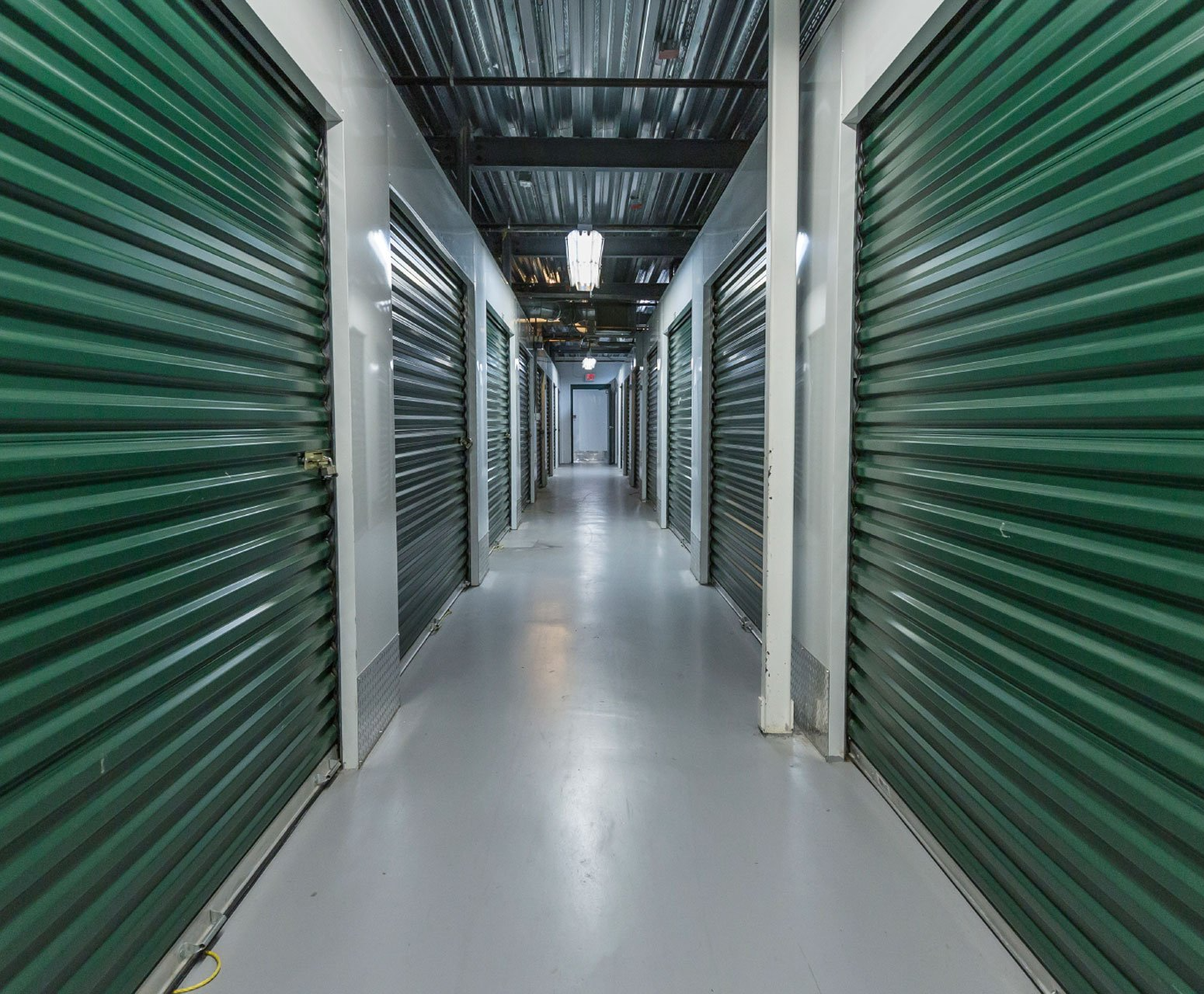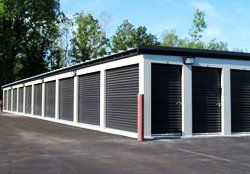Tips for Packing Boxes for Long-Term Storage
Packing boxes for long-term storage can feel like a daunting task, but with the right approach and preparation, your belongings will stay safe, well-organized, and easy to retrieve when needed. Whether you're storing seasonal items, heirlooms, or preparing for a move, how you pack your storage boxes plays a critical role in protecting your possessions from damage. This post will walk you through step-by-step instructions, offering practical tips to ensure your items remain in excellent condition, while also making your storage space efficient and accessible.
Why Packing Properly for Long-Term Storage Is Crucial
When items are stored improperly, they risk getting damaged, deteriorating, or becoming unusable over time. Heat, humidity, pests, and improper packaging can all lead to issues like warping, mold, or breakage. Thoughtful packing not only protects your belongings but also ensures they are easy to unpack and access when needed. We’ll go through how you can achieve safe and efficient long-term storage, with a focus on organizing, safeguarding, and optimizing your storage space.
Step 1. Start by Decluttering
Before packing anything away, take the time to declutter. The less you store, the more space you’ll save, and the easier it’ll be to manage your inventory.
Tips for Decluttering
- Sort Into Categories - Go through your items and sort them into “keep,” “donate,” and “discard” piles.
- Ask Questions - Consider whether each item has value or purpose. If you haven’t used it in the last year, it might not be worth keeping.
- Recycle or Donate - Recycle items responsibly, or donate gently used belongings to local charities for someone else to enjoy.
By reducing the number of items you pack, you’re setting yourself up for streamlined storage that’s easier to manage.
Step 2. Use the Right Packing Materials
Using sturdy and appropriate packing materials is essential for ensuring the safety of your belongings over long periods.
What to Use
- Durable Boxes - Opt for high-quality cardboard boxes or plastic bins. Plastic containers with secure lids are ideal for guarding against moisture and pests.
- Bubble Wrap & Packing Paper - Fragile items will need extra cushioning to avoid breakage.
- Sealable Plastic Bags - Great for organizing small items like cables or accessories.
- Desiccant Packs - These help keep moisture levels down in containers, reducing the risk of mold or mildew.
- Labels and Markers - Clear labeling makes retrieval easier. Use permanent markers to indicate the contents of each box.
Investing in quality materials upfront prevents long-term headaches and ensures your items come out of storage in the same condition they went in.
Step 3. Pack Strategically
How you pack your items matters just as much as the materials you use. Well-packed boxes are less likely to collapse or shift during storage.
Packing Tips
- Distribute Weight Evenly - Avoid overloading boxes. Heavier items should go into smaller boxes for easier lifting, while lighter items can be packed into larger boxes.
- Protect Fragile Items - Wrap each item in bubble wrap or packing paper and fill any empty spaces in the box with soft materials like towels or packing peanuts to prevent shifting.
- Seal Properly - Use heavy-duty packing tape to securely close each box.
- Layer Carefully - Place heavier items at the bottom of the box and lighter items on top.
Remember to leave some breathing room in each box so items aren’t crammed together, which could cause damage during stacking or transit.
Step 4. Choose the Right Storage Space
Where you store your items is just as important as how you pack them. Long-term storage requires a secure, climate-controlled environment to protect items from extreme conditions.
Key Factors to Consider
- Climate Control - Look for storage units that regulate temperature and humidity levels. Heat and moisture can damage sensitive items like furniture, electronics, and documents.
- Security - Ensure your storage facility has reliable security features, such as surveillance cameras, gated access, and individual unit locks.
- Accessibility - Choose a storage facility close to home to make accessing your belongings more convenient.
Step 5. Keep an Inventory of Your Items
Having an organized inventory of everything in storage makes it easy to find what you need when you need it.
Inventory Tips
- Create a Master List - Document the contents of each box and number them for reference.
- Digital Solutions - Use a spreadsheet or specific storage inventory apps to manage your items.
With a master inventory, you’ll know exactly where each item is, saving time and potential frustration when retrieving your stored belongings.
Affordable Storage Solutions with Alamo South
Need a reliable place to store your items? At Alamo South, we provide secure and affordable storage solutions to meet your needs.
Why Choose Alamo South
- Flexible Options - Offering a variety of unit sizes for personal, residential, and commercial storage.
- Climate-Controlled Units - Keep your belongings safe from extreme environments.
- Convenient Locations - With facilities in Midland and Odessa, TX, easily access your items whenever needed.
- Affordable Rates - Safe, secure storage at competitive prices. We take pride in providing quality storage solutions for every type of storage need.
Whether you’re decluttering your home or require a long-term solution for seasonal items, our local storage units keep items secure and accessible for residents in
Midland,
Odessa, and
Monahans, TX; and the surrounding areas. Contact us today to reserve your unit and enjoy peace of mind knowing your valuables are in good hands.

